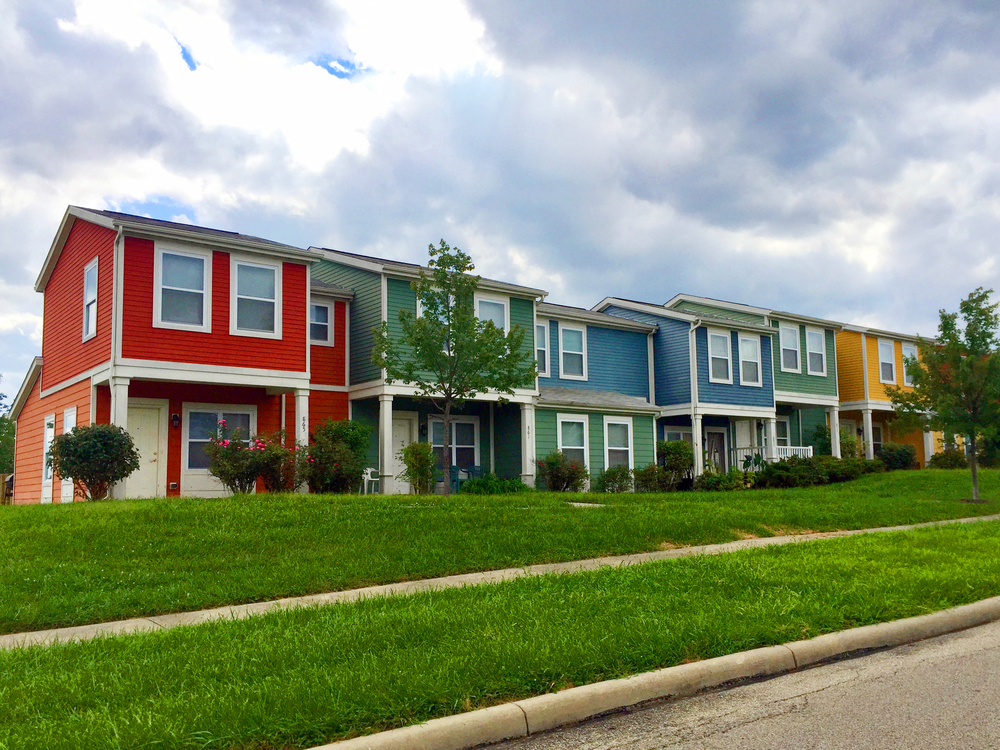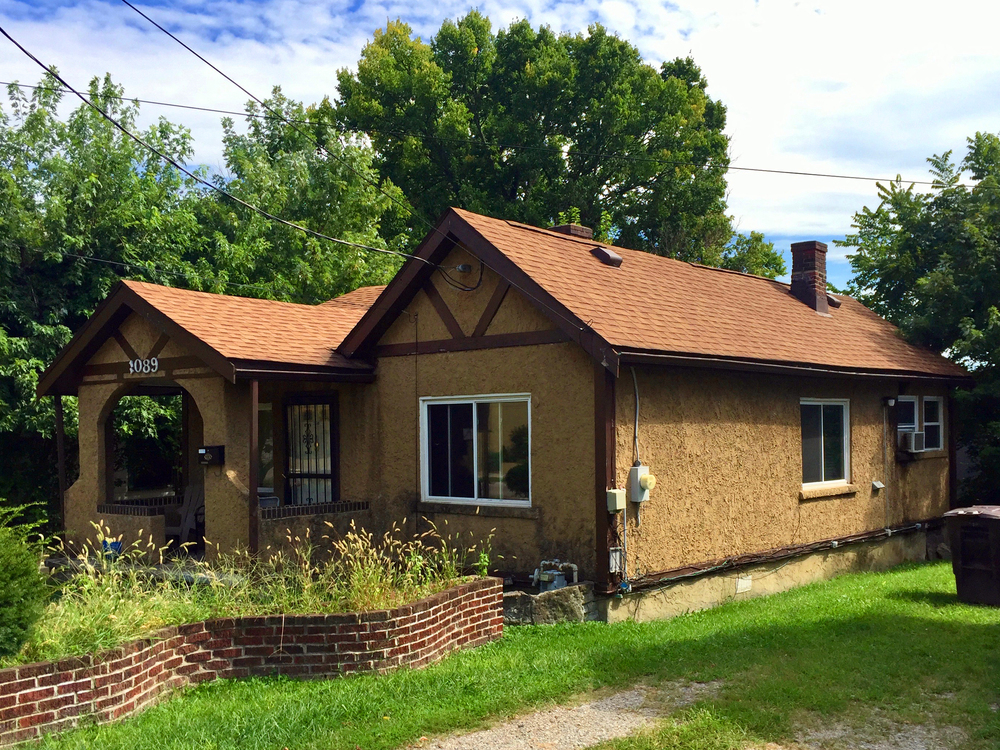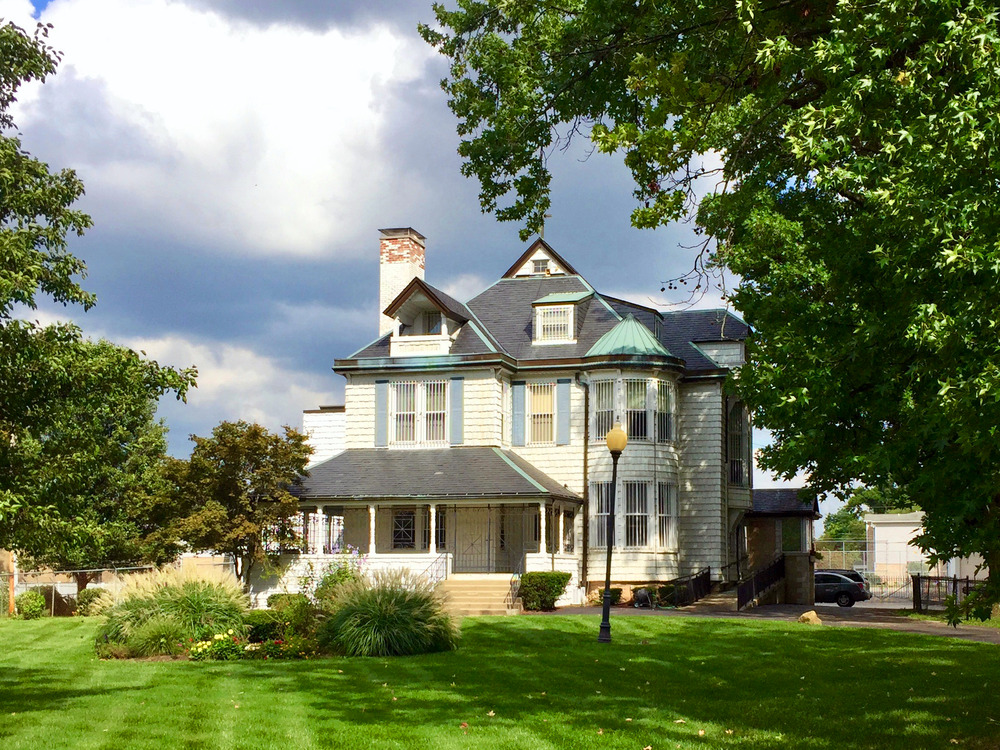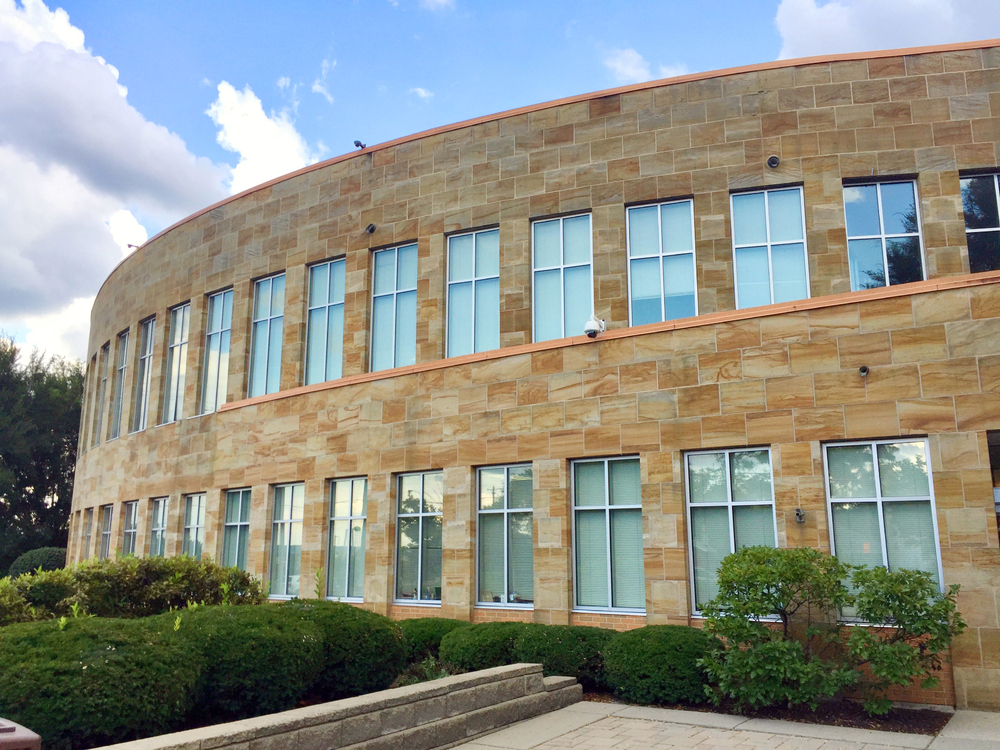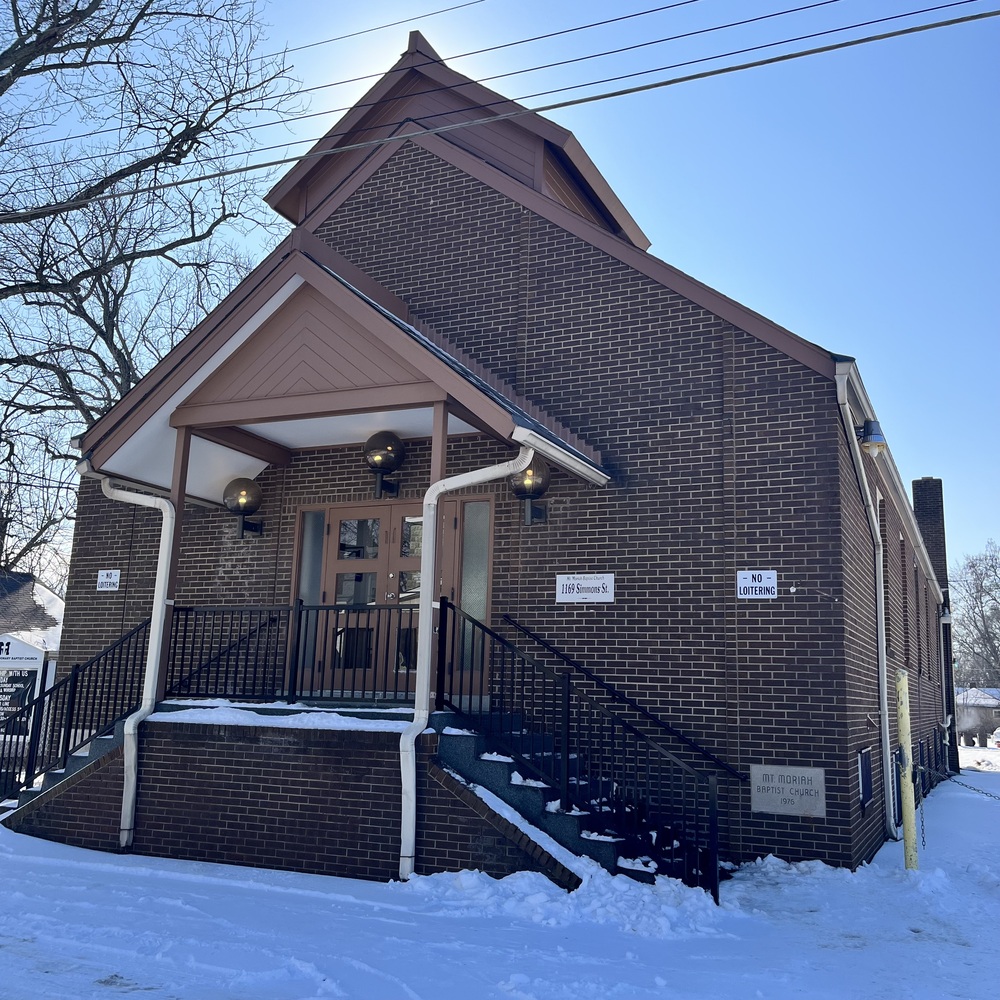Village of Lincoln Heights
The First All-Black, Self-Governing City North of the Mason-Dixon Line
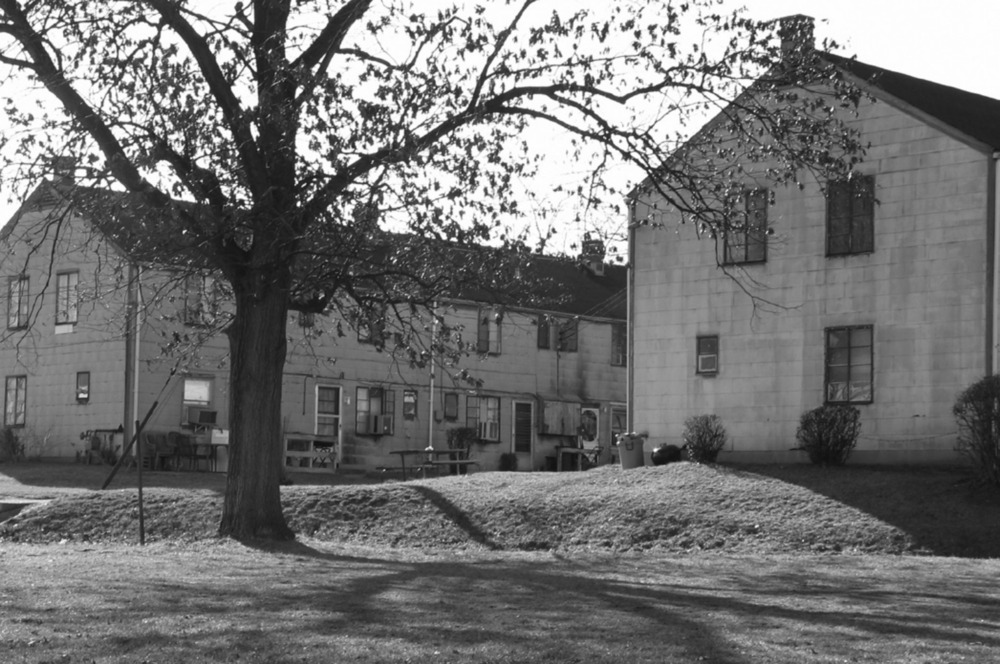
Lincoln Heights, located approximately 13 miles north of Cincinnati's core, is the first all-Black, self-governing city north of the Mason-Dixon line.
Cincinnati's early 20th century growth was spurred in part by the Miami-Erie Canal, which served as a major transportation route linking commerce from as far as New Orleans to NYC. The canal’s abundance of water power also attracted industry to the Mill Creek Valley.
In turn, this created demand for Black laborers, many coming from the South, to work in these new and expanding factories. As these residents searched for housing, there were few options in nearby areas like Lockland, Wyoming and Reading. They were shut out of homeownership opportunities by redlining and other predatory housing practices. In the City of Lockland, a literal fence was erected to separate the overcrowded Black district from the white parts of the community.
On 20 Oct 1923, in order to serve this Black population, Roy M. Haley, along with Katherine and Wallace R. Livingston, formed the Haley-Livingston Land Company to market and sell 47.5 acres of land in Springfield Township that had been purchased from Henry Kuneven.
This new subdivision was evocatively named the Cincinnati Industrial Subdivision, and the first Black residents were Sadie and William Gooch and Allie and Peter Finch. At this point, the brand new community consisted of 355 lots and three and a half streets–Behles, Simmons, Steffens, and half of Shumard. They were not graded or paved, and included no curbs, sidewalks or gutters. No accommodations had been made for utilities or storm water drainage, and no space had been set aside for future stores, schools, parks, or houses of worship. Only some of the new homes had electricity.
Other speculators joined the effort to sell to Black prospective homeowners, and more land was acquired for subsequent subdivisions: Cincinnati Industrial Subdivision Annex, Valley View, Washington Subdivision, Oak Park Subdivision, Grandview Heights, Woodlawn Terrace, Lincoln Heights Subdivision, and Lincoln Heights Subdivision Annex. There were eventually 10 "Subs," which deliberately excluded conventional amenities to maximize investor profits.
Early residents were employed by area companies like the Tennessee Fertilizer Company and the Wright Aeronautical Corporation (later GE Aviation in current-day Evendale).
At the time, water and sewage in the community were provided by special assessment through the Works Progress Administration. Fire and police protection were virtually nonexistent. Street maintenance and lighting were inadequate, and the community also lacked building and zoning code services.
In 1939, residents attempted incorporation in order to be able to establish their own municipal services. Lockland residents objected, in the first of a series of roadblocks faced by the fledgling Lincoln Heights community. Meanwhile, neighboring communities incorporated, absorbing key portions of what was intended to become Lincoln Heights.
Finally, in 1946, Hamilton County allowed 10% of the original proposal's area to incorporate as the Village of Lincoln Heights. (Less than 1 square mile.) Strategically, this much smaller area did not include any local industry, economically isolating the community and minimizing its possible tax revenue.
Nonetheless, this represented a victory for the Black community at large. New York Governor Thomas E. Dewey invited a group from Lincoln Heights, including its first Mayor, Rev. Michael J. Mangham, to visit New York City, where a ticker tape parade was held in their honor. Mangham had been one of the community leaders behind the incorporation effort.
Several churches serve the community, and a few of those–Lincoln Heights Missionary Baptist, Tabernacle and Ebenezer Second Baptist–split off from Mount Moriah Baptist Church, which proudly calls itself the "mother church." It was founded in 1925, and purchased lot 159 for its facility from the Haley-Livingston Land Company.
The Lincoln Heights Health Center was established in 1967, providing medical services and economic support to the community. In 2003, a new 42,000 square foot health facility was built as a vital community anchor.
The population of the largest predominantly Black city in the US started to decrease during the 1960s, and unemployment was on the rise due to the decline in area manufacturing jobs. As the tax revenue of Lincoln Heights was shrinking, the nearby Village of Blue Ash seemed to be booming. As house values have fallen more than 75% in the 2000s, nearby Indian Hill has seen an increase of over 25%.
In its 75 years, the population of Lincoln Heights grew to a high of 7,798 in 1960 down to 3,286 in 2010, according to the US Census. It passed the 5,000 mark and attained City status in the 1950s, but is now a Village due to its much smaller population.
High poverty levels due to un- and underemployment and a limited tax base continue to present challenges, but improvement efforts continue. In 2020, public art nonprofit ArtWorks partnered with grassroots organization The Heights Movement on a mural celebrating the history of Lincoln Heights. The local chapter of My Brother's Keeper Alliance was recently founded to address opportunity gaps for boys and young men of color.
Images

